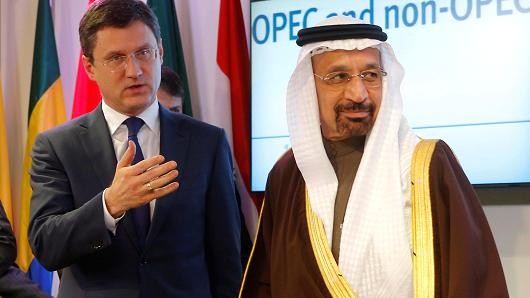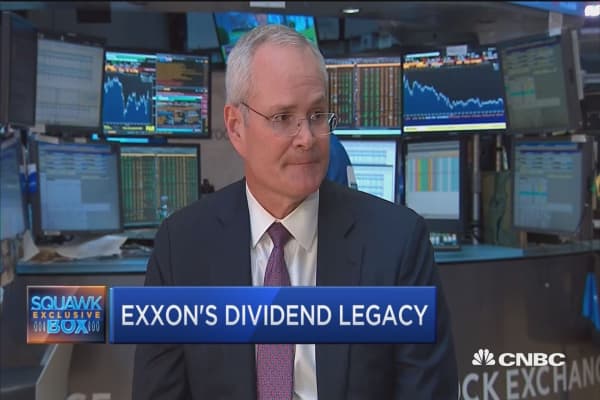OPEC Secretary General Mohammad Sanusi Barkindo also speaks at the conference, on Tuesday. He is the relatively new head of OPEC, which has resurrected itself with its new strategy after being declared "dead" and "irrelevant" by many in the market as it let the price of oil crash early last year.
"Barkindo, he's like the whip of OPEC," Croft said. "There are stories of Barkindo going to these capitals and trying to drive compliance. He drove the deal home. He's the one really forcing compliance. He knows he needs to talk to the heads of state rather than the oil ministers. He's a skilled operator."
Yergin said he also expects to hear the Saudi Arabian energy minister discuss the IPO of Saudi Aramco, the state-owned oil company. Saudi Arabia plans to offer shares in Aramco as a way to raise funds to diversify away from oil, as part of Prince Mohammed bin Salman's Vision 2030 reform program.
"Kahlid is the big brand ambassador for Vision 2030. … He's like 'minster everything,'" Croft said. "He's the big seller of the Aramco IPO. He'll double down on the Vision 2030, and he'll reaffirm Saudi commitment to the reformation plan."
Other speakers at CERAWeek include Sultan Ahmed al Jaber, minister of state, United Arab Emirates, who speaks Monday. The Iraqi oil minister, Jabbar Ali Al-Luiebi; and Suhail Mohamed Al Mazrouei, energy minister of UAE, speak Tuesday. Also participating are the CEOs of ConocoPhillips, Chevron, Chesapeake Energy, BP, Continental Resources, PEMEX, Total and Occidental Petroleum, among others. The five-day conference also features Canadian Prime Minister Justin Trudeau as a speaker Thursday evening.
Other topics on the agenda include global LNG, nuclear generation and U.S. natural gas and its markets.


